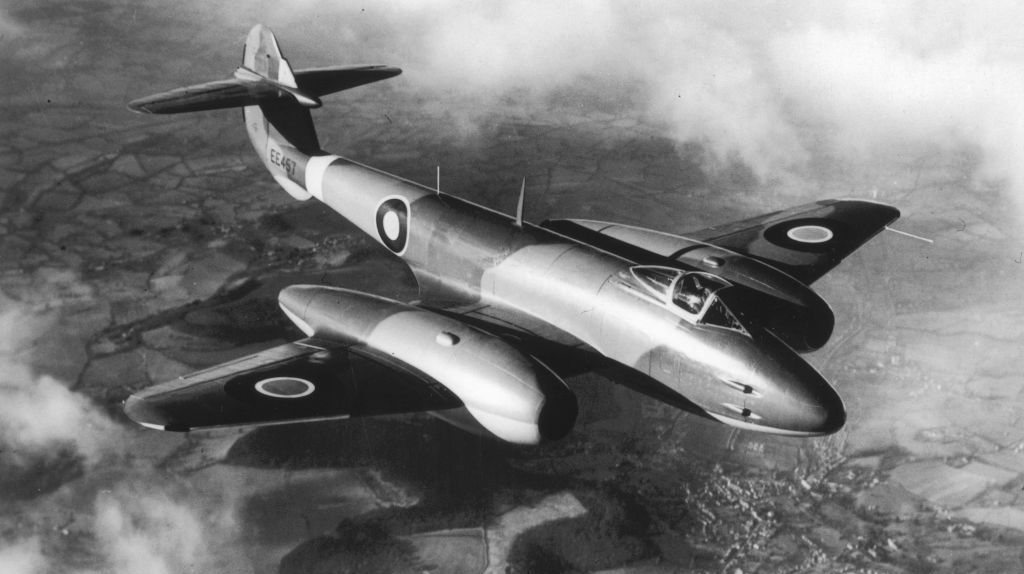The Dutch government believes it has found the bodies of Arthur Smart, Charles Sprack and Raymond Moore, members of the crew of the Lancaster ED603, which was shot down after bombing a German city in 1943.
June 13, 1943. A team of seven airmen, aboard a Lancaster ED603, headed toward the city of Bochum, Germany, for a massive bombing raid. The mission ended up being successful, but, on the way home, the plane, which was leading 503 identical aircraft, ended up being shot down, crashing into Lake Issel, in the Netherlands.
Seven deaths were recorded, but only four bodies were found. The location of the other three is an 80-year-old mystery. That may be about to come to an end.
Through the national shipwreck rescue fund, which represents an investment of 15 million euros, the Netherlands began examining the remains of the British bomber about a month ago. Although the investigation is progressing slowly, with about 20 centimeters of the plane being discovered every day, the recent discovery indicates that the bodies of the three missing airmen have finally been found.
“We found the first bone remains. At this moment, we cannot say more than that,” Captain Geert Jonker, commander of the recovery and identification unit of the Royal Dutch Army, explained to The Guardian.
When searching the “huge metal box located in the middle of the lake,” Dutch experts found what they believe to be the remains of Arthur Smart, a 27-year-old engineer, and Charles Sprack, a 23-year-old upper-middle-class young man. gunner, and Raymond Moore, 21.
“It’s still early… But there is no doubt that the remains we found come from one of the missing airmen,” the captain declared.
It is estimated that the rescue operation will last at least five weeks, since, in addition to analyzing the remains of the aircraft, it will be necessary to disarm explosive material.
In the case of the three missing aviators, from the same team as the four men who were found a few days after the plane crash and buried in Holland, it is not possible to perform DNA tests on their remains.
“The main mission of my team is to establish the minimum number of individuals: three crew members are missing and it is up to us to check if we have the remains of the three people”the captain said, adding that the bodies will be taken to Dutch military laboratories, being the property of the Ministry of Defense and the Commonwealth War Graves Commission.
“The goal of this national program is to find the missing airmen, give them a named grave and help their families grieve,” he concluded.
Although this accident occurred in 1943, the place was not discovered until 1996, by a group of local fishermen who collected the engine and gave it to the museum of the Stichting Aircraft Recovery group, which, as its name indicates, is dedicated to the recovery of aircraft. . machinery.
From that moment on, the organization opened an investigation, having found the first human remains in 2016, verifying that there were more missing crew members at the site.
This led the relatives of the missing airmen to contact the municipality of Sudwest-Fryslân, which won the fund, to recover the remains of some 5,500 aircraft. According to the The GuardianThe Dutch government believes that 400 fighter planes still contain human remains.
Source: Observadora
